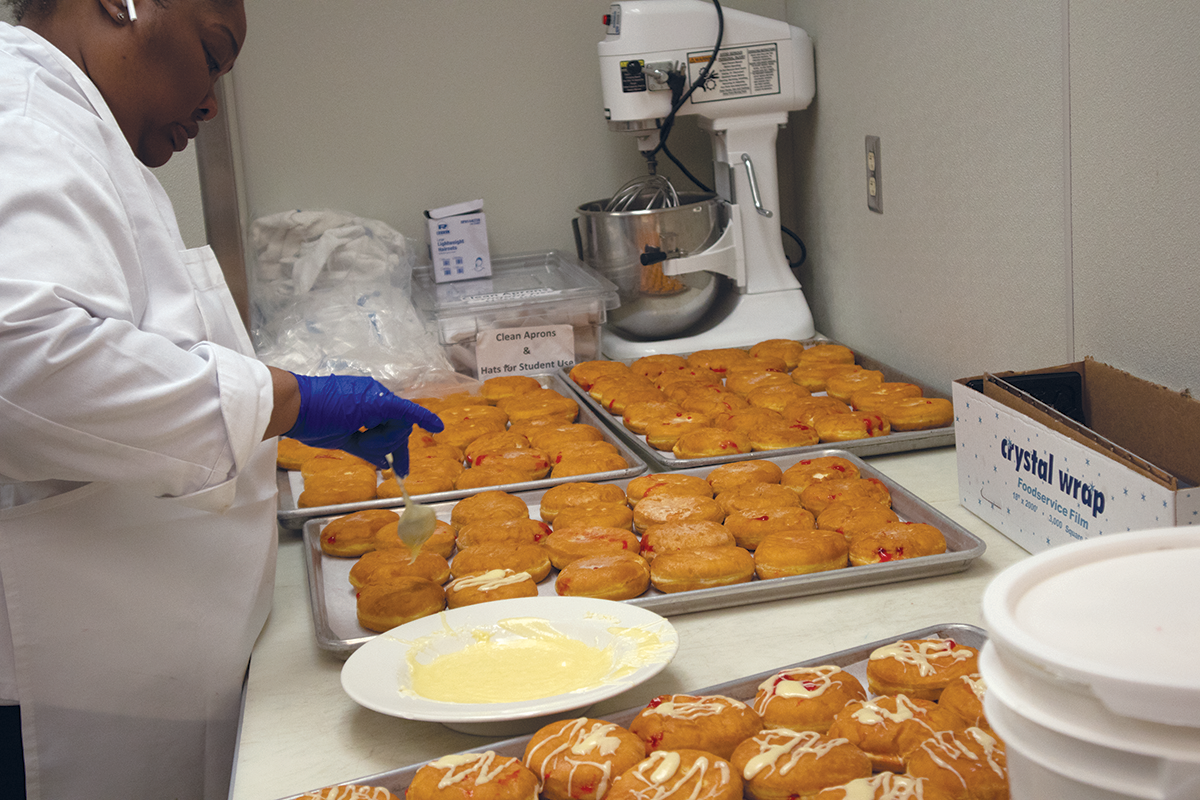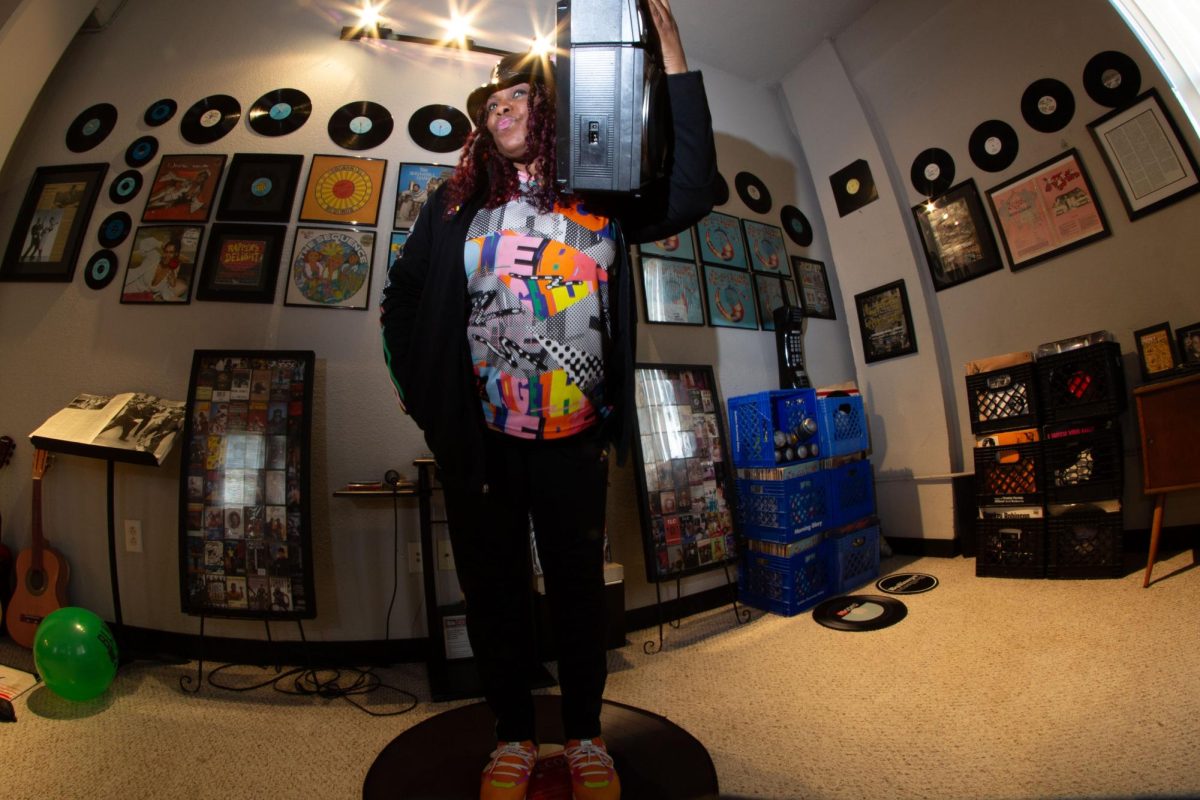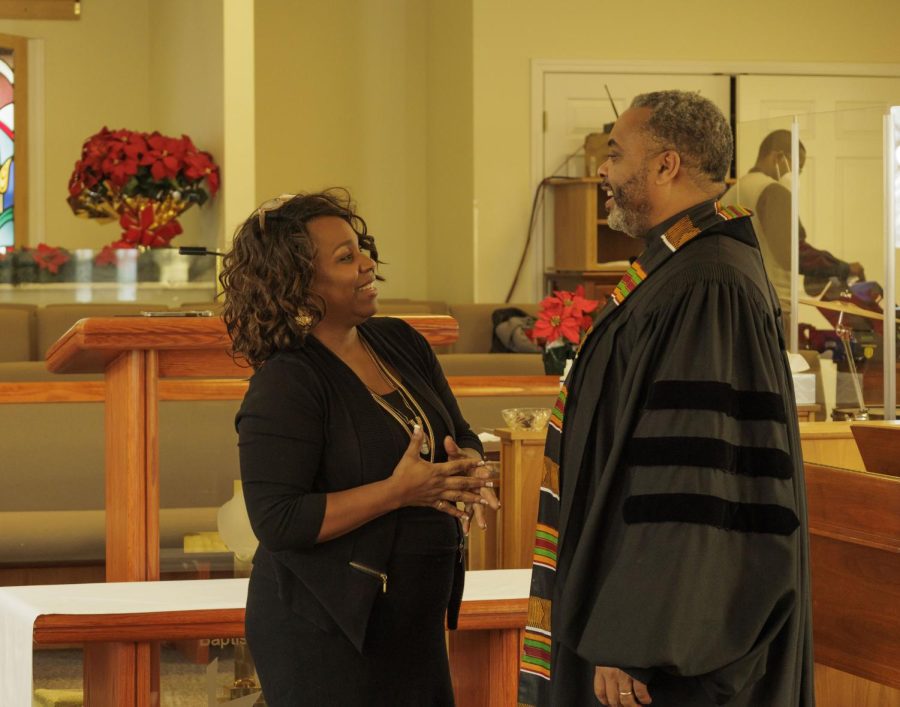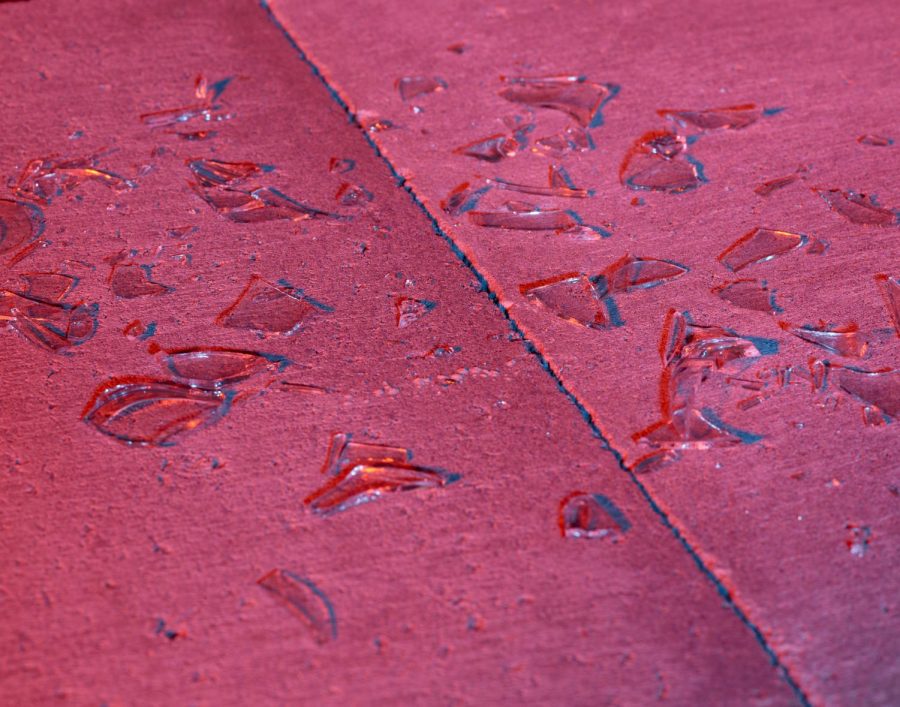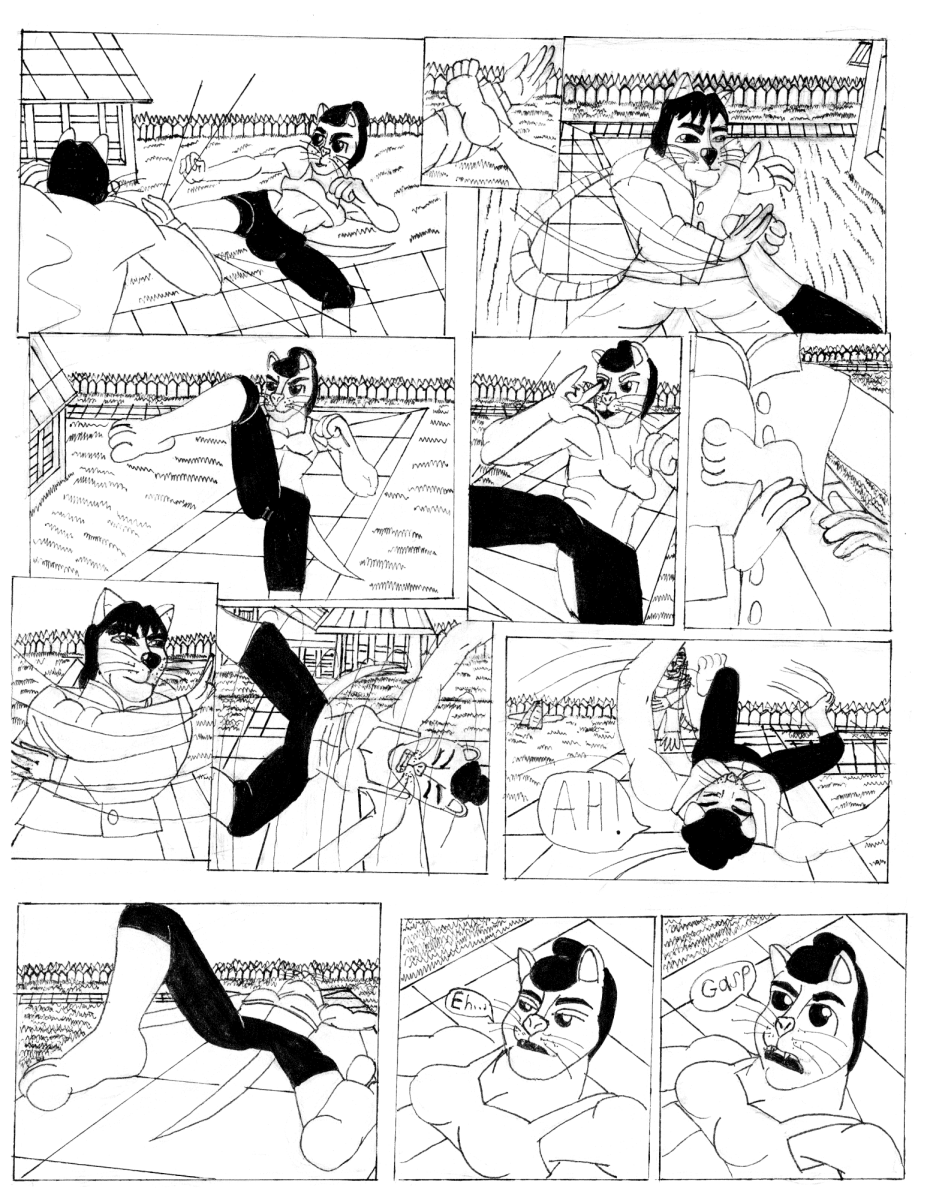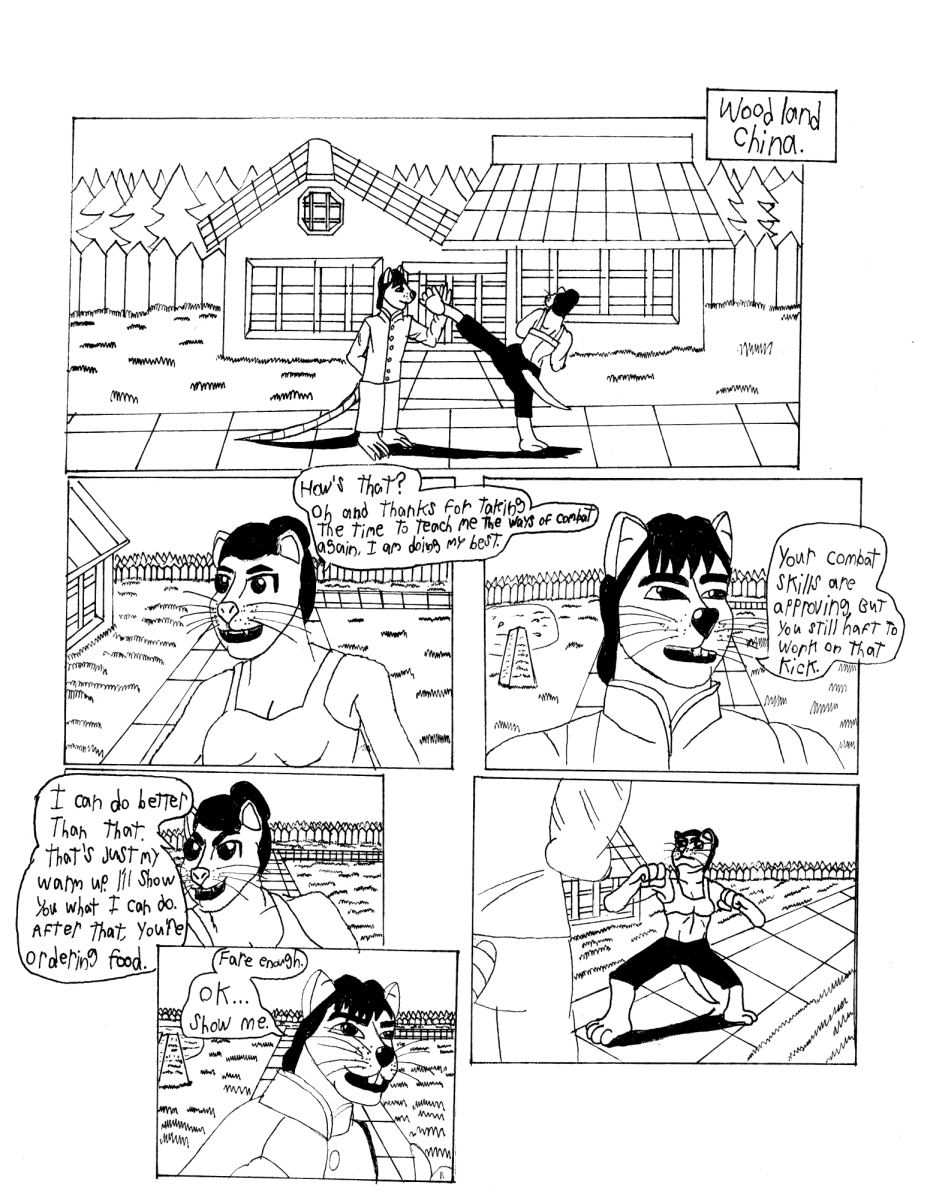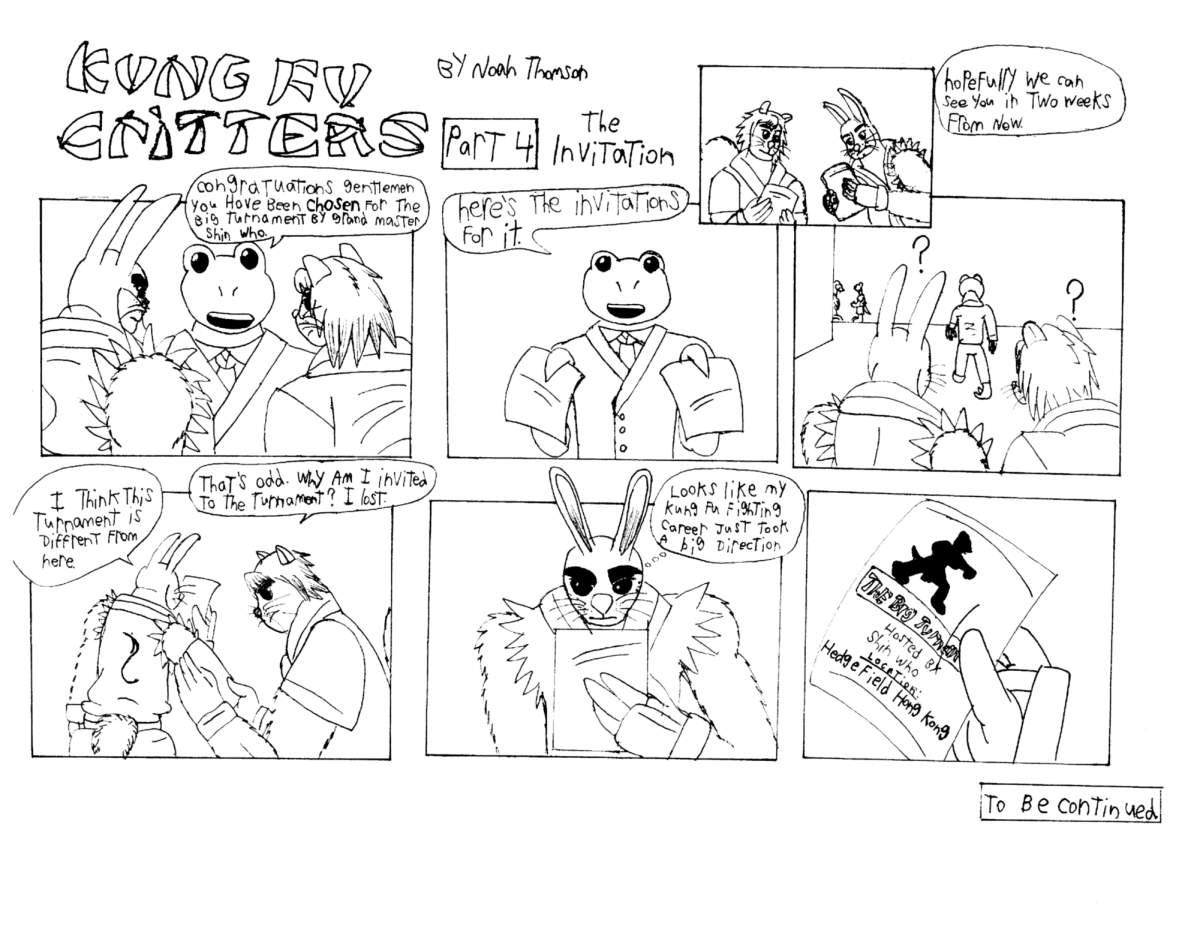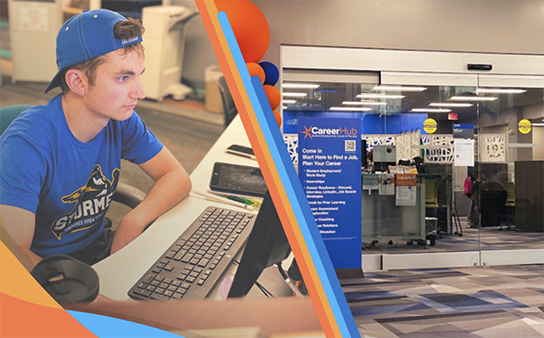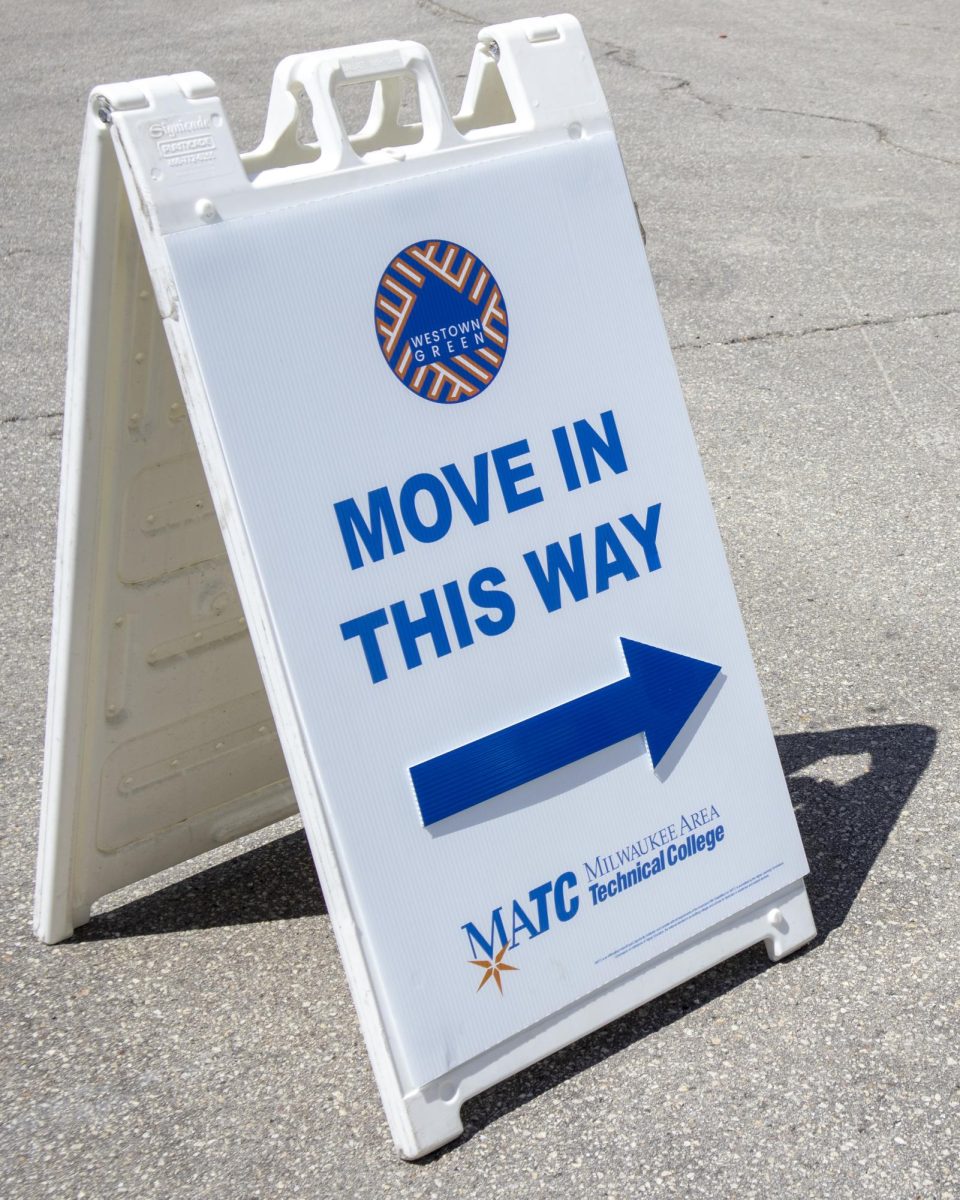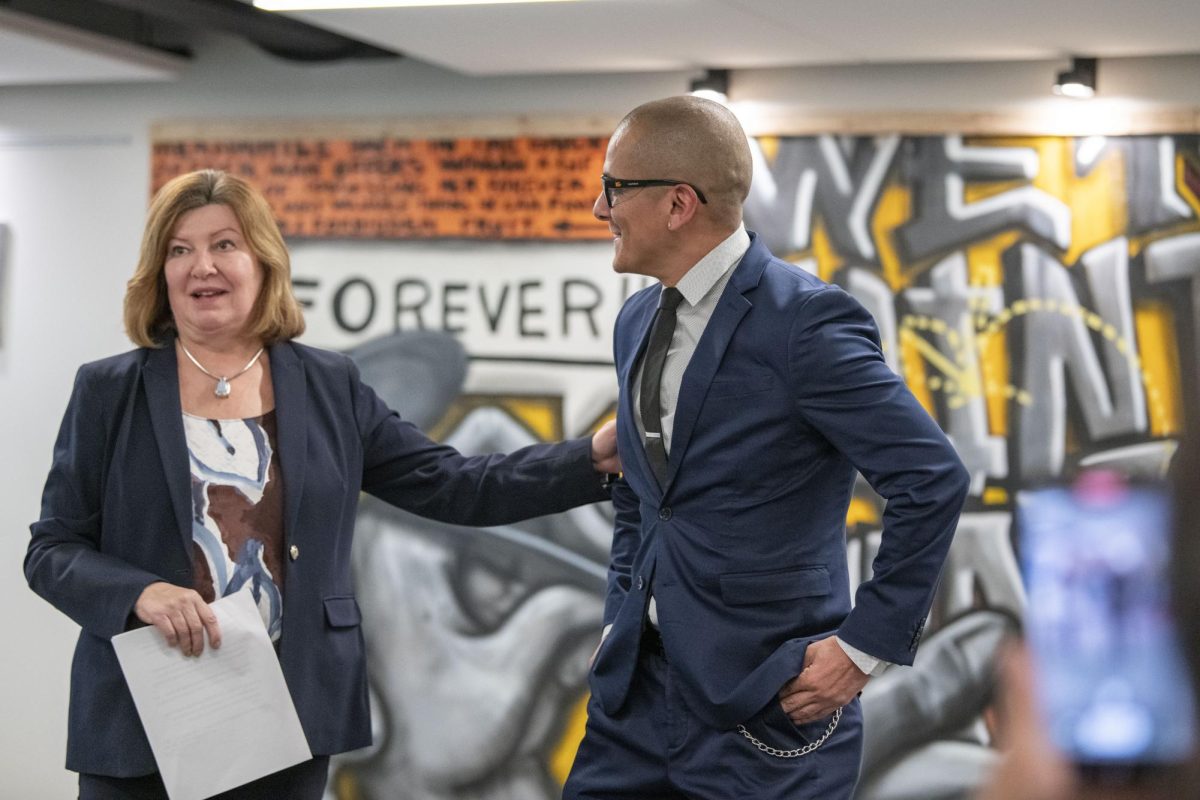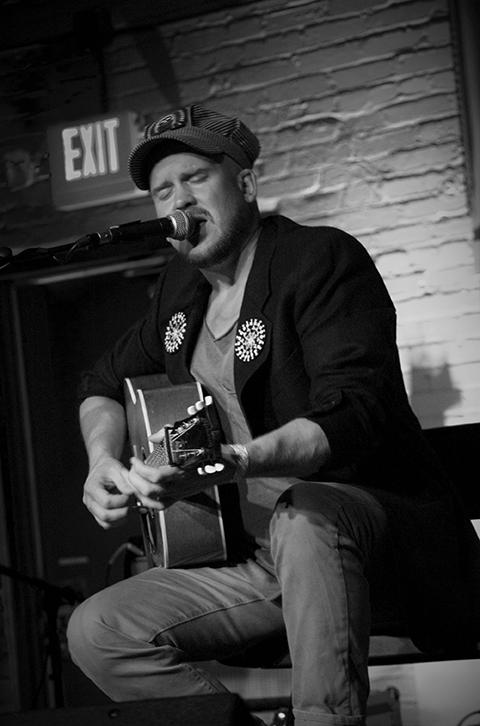Recently, MATC acquired brand new software through a grant that provides animators with a whole new 3D experience. This new motion capture system uses a series of cameras to record movement which can then be converted into a wide variety of animation styles. Simply put, the new system allows animators to create characters in less time, making the procedure more efficient.VICON, the supplier from which MATC obtained the new motion capture software, also serves customers in film, visual effects, computer games, and broadcast television, as well as engineering and life science industries. VICON has received credit on more than 40 movies, including “Titanic,” “Gladiator,” “Pearl Harbor,” and installments of the “Spiderman,” “Pirates of the Caribbean,” and “Star Wars” series. They are also credited with a host of video games, including “MLB ’07” “Black Hawk Down,” “X-Men” and “Tomorrow Never Dies.”
This brand new motion capture system has expanded the capabilities of the animation program at MATC, as well as giving students an experience of working with industry-standard equipment.
According to James MacDonald, Associate Dean of Business, “This equipment will allow MATC students to be among the first in the country to work with this technology while in college. We are the first Midwest school to obtain this equipment and use it on campus, which will be beneficial to the entire region and state.”
The new equipment will allow MATC students to be among the few working with this type of equipment while still in college. Besides MATC, the two other schools that have this motion capture software are Harvard and the University of Southern California. Harvard is using their system for sports medicine purposes, while the systems at MATC and USC are being used for animation purposes.
It turns out that USC’s system is more elaborate than what MATC has and was bought and paid for by James Cameron, director of “Titanic.” According to Brian Mennenoh, the animation department chair here at MATC, what we have is an entry-level system. “We have limitations, but if you look at MATC and USC, we have unlimited opportunities.”
The motion capture system, called Blade, consists of multiple infrared cameras that capture motion made by one or more individuals. MATC’s system has eight infrared cameras that are mounted on the walls of a room. In the middle of the room would be one or more persons wearing a special suit that allows the camera to pick up the light from the markers on the suit, thus capturing the motion the individual or individuals make.
This motion is shown by a stick figure moving around on a computer screen, doing the exact same movements that the live person is doing. This same process was used to create the movie “The Polar Express” and is also used for the filming of movies like “Star Wars” and “The Lord of the Rings.”
J.P., the person who was wearing the suit for the motion capture system, is an Animation major here at MATC. “You’re used to drawing characters on pencil and paper, and then you’re working with a 3D environment.” J.P. was initially involved in 2D drawing, and after finding out about 3D animation, he decided to go in that direction. “I’m hoping to pursue a career in Pixar or Dreamworks, or have an entertainment studio of my own.” When asked about what it was like to wear the suit, J.P. had this to say, “It’s awesome.”
So, how do you go from a simple stick figure to a full-fledged animated character? Steve Wells, a student at UWM who is taking classes here at MATC, helped to answer that question. It turns out that there are other computer programs that you use to create the character. “You would create the character, and in that program you would take the skeleton and match it onto the moving skeleton so you get all the movements.
You would then render the character in another program and then match it up” to create the finished product. “Just watching the motion capture is one of the coolest things I’ve ever seen. I’ve never seen anything like it.”
The addition of the VICON system will not only help students get a hands-on experience on working with the equipment, but it will also help draw members of the entertainment industry to Wisconsin, offering students potential jobs right here in southeast Wisconsin. The creation of experienced technicians who have received extensive training on this equipment, combined with the access to the motion capture system, could potentially put the state of Wisconsin on the map as a desirable location for members of the entertainment industry.
Besides the film industry, the motion capture system is used for sports medicine. In this sense, the application helps athletes compare their movements to the ideal or to study physical punishments on the human body. For example, an athlete would study their moves on a computer screen and keep perfecting their moves until they reached their goal.
The gaming industry is another application of the motion capture system. Games like Madden NFL ’09 use this kind of technology to simulate catching the football, tackling another player, or kicking a field goal. Potential jobs in this field would include animators, motion capture operators and motion capture clean-up artists, among many others.
“The practical side is that this equipment has been used by the film and gaming industry to quickly gather animation data to use for 3D characters. We can teach students industry standards that they will be exposed to out in the real world. We can gather data ten times faster, which would allow us to create a lot more content in a short amount of time,” says Brian Mennenoh.
One issue MATC is currently dealing with is the issue of space. The cameras of the motion capture system can be set to whatever distance or angle is desired, and “the farther away the cameras are from the object you’re trying to capture, the better off you are,” Brian Mennenoh explains. “The size of space is only limited by the size of the room.” This is why the school of communication and arts is considering moving to another building. As the school grows, so does the need for space. “Nobody has made a decision to what building they will move into. The larger the room we have to work in, the more we can do with it.” No official word has been made about moving the school, but Brian estimates that nothing will happen for another year or two.
One thing is for sure, and that is MATC would not have this new software were it not for Brian Mennenoh and other people from the Animation department. Without them, MATC wouldn’t be making such great strides in the field of animation technology. According to Steve Wells, “They really do care a lot. This is a vision that they made happen.



